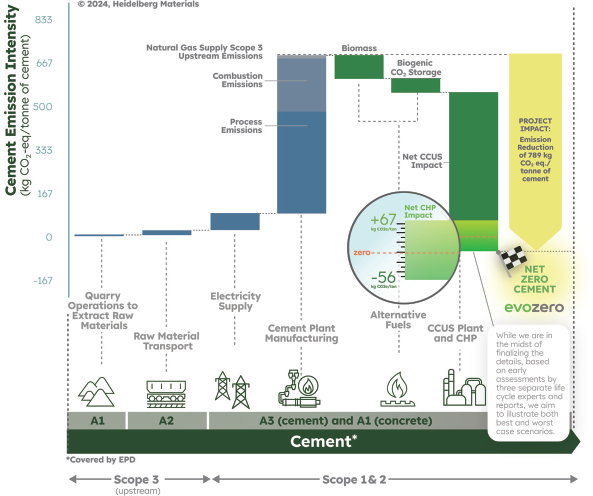April 2014
COMMUNITIES: INDUSTRY
In Demand: Engineers, Chemists, and Engineering Technologists
Demand for technically skilled workers in the rubber industry is at an apex, whether they be engineers, chemists, or engineering technologists.
“The demand for technical people is very high and for engineers as well,” says Keith Thomas, president of R.D. Abbott Co. The demand has risen to such a level, Thomas says, that chemists can write their own ticket, and industry periodical Rubber & Plastics News recently reported engineering work is available in almost any discipline in any location.
Engineering technologists are in demand as well. Michigan’s Ferris State University claims a 100% placement rate for graduates of its Rubber Engineering Technology program. “The opportunities are endless,” says professor and program coordinator Robert Speirs.
The primary reason for the rubber industry’s current and pressing need has been building for more than a decade. “If I can use the analogy, there’s a huge senior class and there’s a couple of sophomores and juniors, but really what we’re looking for is a big freshman class to replace the people that are retiring,” Thomas says. “I think some industries kind of go that way.”
“The industry has gotten old,” Speirs agrees. “There’s very few young people, and there’s many people who are going to retire in the next seven to 10 [years]. So what’s happening now is all these companies are looking around the room and saying, ‘There’s a bunch of gray hairs and we don’t have anybody to inherit this place or take it over.’”
There are other factors contributing to the rubber industry’s situation though, among them economic recovery and growth in nontraditional markets. Companies that shed jobs during the recession are looking to hire again, and growth in new markets means new products, which in turn means an even greater need for technical expertise.
“There’s been a lot of growth in medical devices, drug delivery systems—in nontraditional components—and a lot of these are made in a different way than the old parts were made,” Thomas says. “So the tooling and equipment that make these parts are very different, and it requires a healthy slug of technical input, particularly from chemists and engineers.”


 Volunteering at NSPE is a great opportunity to grow your professional network and connect with other leaders in the field.
Volunteering at NSPE is a great opportunity to grow your professional network and connect with other leaders in the field. The National Society of Professional Engineers (NSPE) encourages you to explore the resources to cast your vote on election day:
The National Society of Professional Engineers (NSPE) encourages you to explore the resources to cast your vote on election day: KEITH THOMAS
KEITH THOMAS ROBERT SPEIRS
ROBERT SPEIRS


